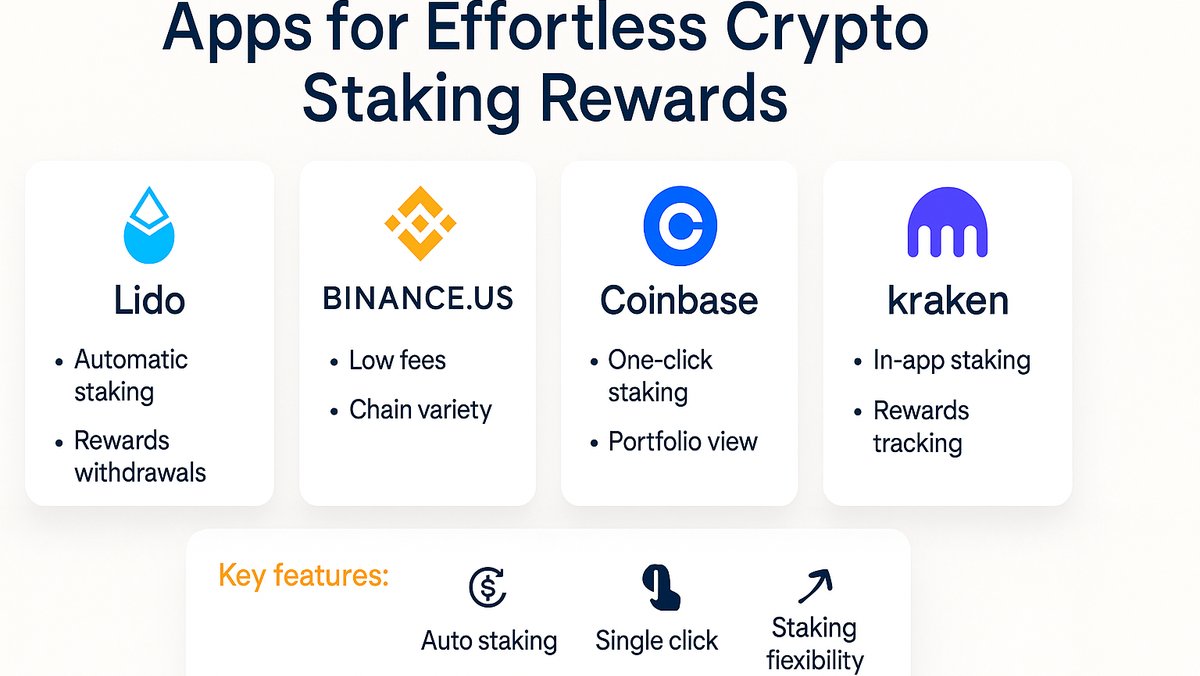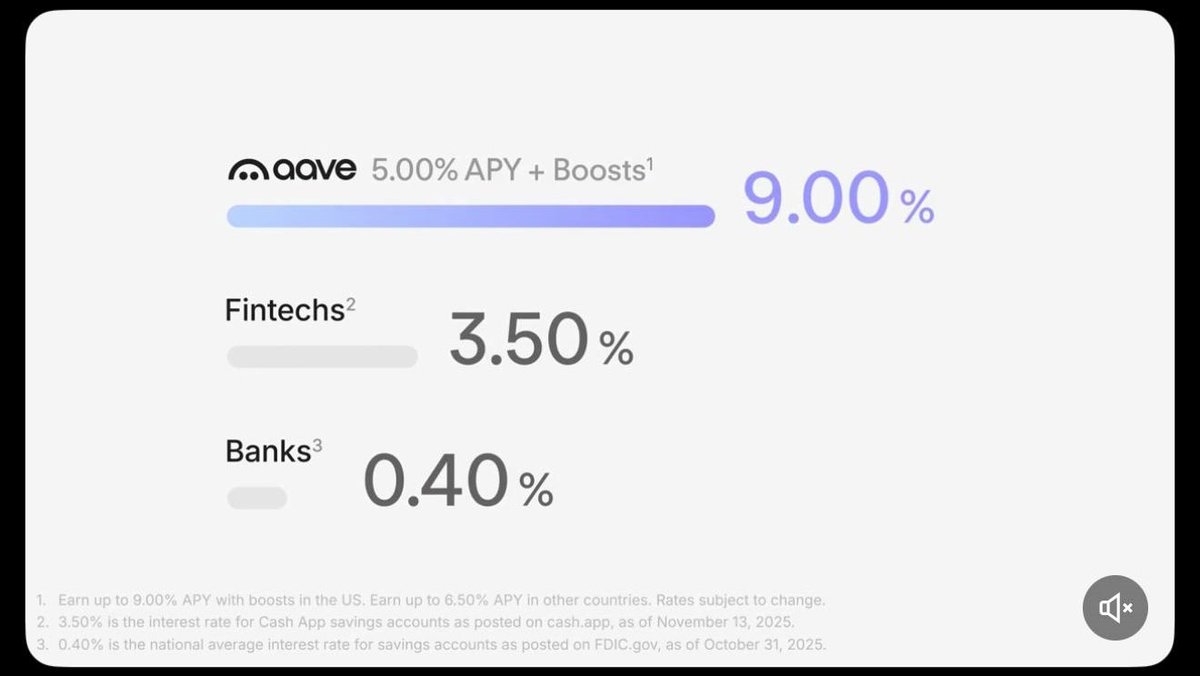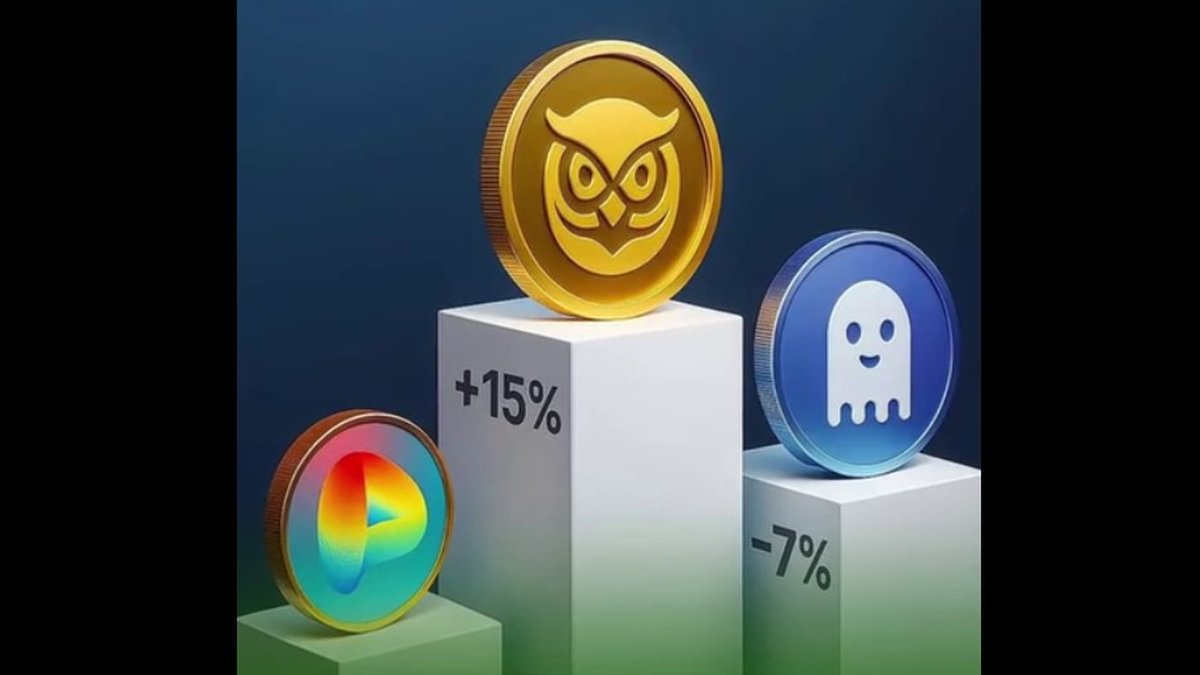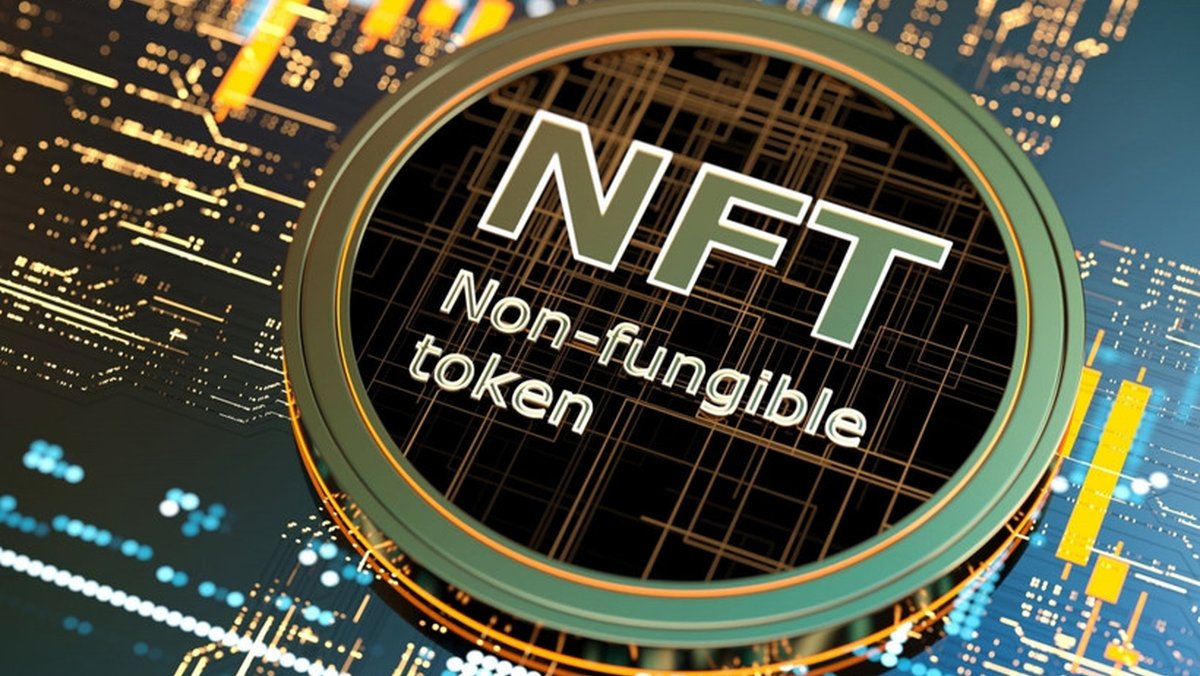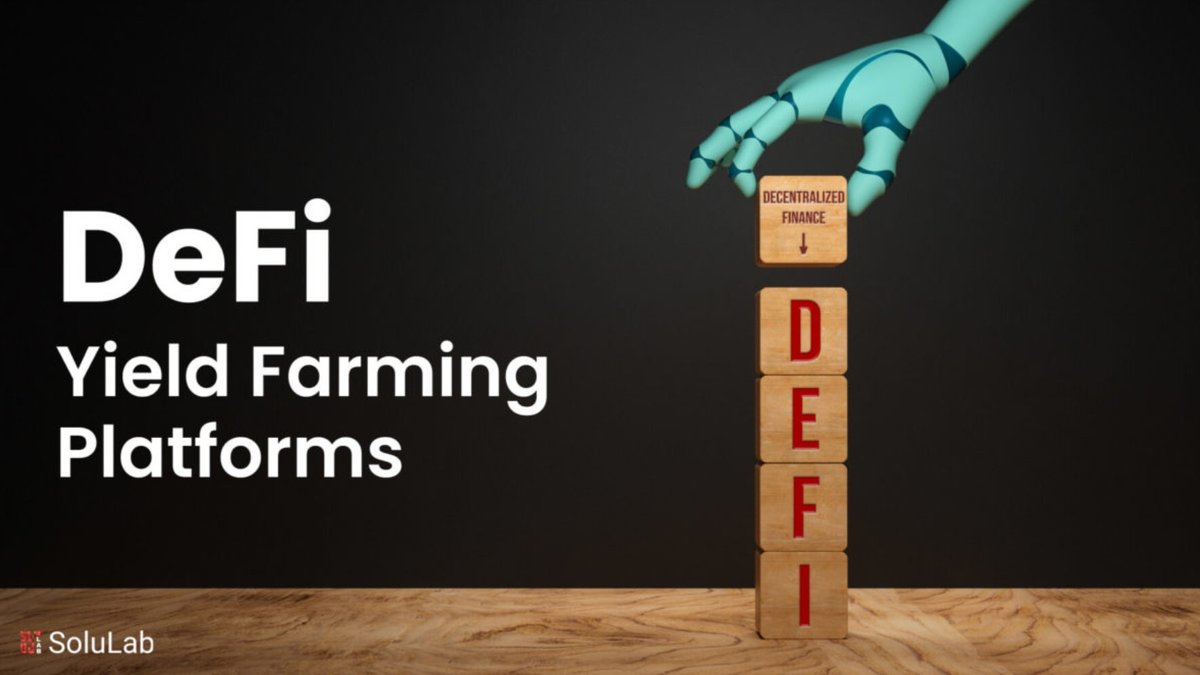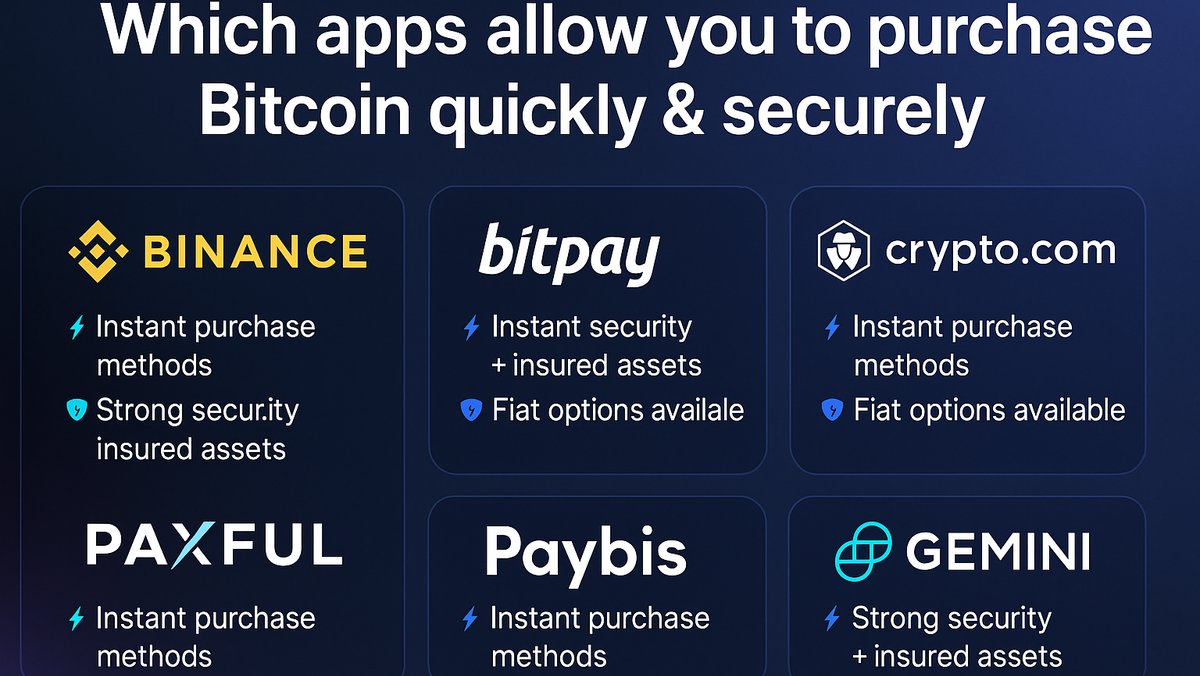Staking Made Simple: Apps That Earn You Passive Income
Staking has become one of the most popular methods for crypto investors to earn passive income while actively contributing to blockchain network security. With more proof-of-stake (PoS) blockchains replacing traditional proof-of-work (PoW) mechanisms, staking is no longer a niche concept but a mainstream investment strategy. In this guide, we’ll explore how staking works, review the best apps for staking in 2025, and explain strategies that maximize returns while mitigating risks.
What is Crypto Staking?
At its core, staking involves locking up your cryptocurrency in a blockchain network to validate transactions and secure the ecosystem. In return, participants—called validators or delegators—earn staking rewards in the form of newly minted tokens or transaction fees. Unlike mining, which requires costly hardware and high energy consumption, staking allows anyone with supported tokens and a reliable platform to participate.
Why Staking is Attractive to Investors
- Passive Income: Regular staking rewards can resemble interest income or dividends in traditional finance.
- Low Barriers to Entry: With apps and exchanges offering staking services, even beginners can participate with minimal technical knowledge.
- Eco-Friendly: Staking consumes significantly less energy compared to mining, aligning with the global push for sustainability.
- Network Participation: Staking contributes to the governance and stability of decentralized networks.
Best Staking Apps in 2025
1. Binance Earn
Binance Earn provides a variety of staking options, from flexible savings accounts to locked staking products. Users can stake popular coins like Ethereum, Solana, and Polkadot with annual percentage yields (APYs) ranging from 3% to 20% depending on lock-in periods.
2. Coinbase
Known for its simplicity, Coinbase allows U.S. and international users to stake coins such as Ethereum and Tezos directly from the app. With an intuitive interface, it’s ideal for beginners who want to start small while maintaining compliance with tax regulations.
3. Kraken
Kraken offers both on-chain and off-chain staking services. Its transparent fee structure and daily reward payouts make it a favorite for investors seeking predictable returns. Supported assets include Polkadot, Cardano, and Ethereum.
4. Lido Finance
Lido specializes in liquid staking, solving one of the main drawbacks of traditional staking: lack of liquidity. Users stake Ethereum and receive stETH in return, which can be traded or used in DeFi while continuing to earn rewards.
5. Trust Wallet
As a self-custodial wallet, Trust Wallet enables users to stake directly from their mobile device, maintaining control of private keys. Supported assets include Binance Coin, Cosmos, and Tron, making it a versatile choice for mobile-first investors.
How Staking Apps Simplify the Process
Previously, staking required running validator nodes, maintaining uptime, and technical expertise. Staking apps abstract this complexity by:
- Providing user-friendly dashboards for monitoring rewards.
- Automating reward distribution.
- Offering flexible lock-in periods and withdrawal options.
- Ensuring compliance with evolving tax and regulatory frameworks.
Risks and Considerations
While staking offers rewards, it is not without risks:
- Market Volatility: Token prices fluctuate, which can offset staking gains.
- Slashing Penalties: Validators who act maliciously or go offline may lose a portion of staked tokens.
- Liquidity Risks: Some staking options require lock-in periods, limiting your ability to sell quickly.
- Centralization: Using large platforms like Binance or Coinbase may reduce decentralization in PoS networks.
Strategies to Maximize Staking Rewards
Diversification
Stake across multiple blockchains to spread risk and capture higher APYs in emerging ecosystems.
Liquid Staking
Use platforms like Lido to keep assets liquid while still earning rewards, enabling participation in DeFi lending and yield farming.
Compounding Rewards
Reinvest rewards into staking pools to increase your base holdings and compound long-term gains.
Tax Planning
Use tax reporting apps like Koinly or CoinTracker to account for staking rewards, which are often taxed as income in many jurisdictions.
Outlook for Staking in 2025 and Beyond
Staking is expected to grow as Ethereum fully transitions to PoS and more blockchains adopt sustainable consensus mechanisms. Institutional interest is also rising, with custodians offering staking-as-a-service for large-scale investors. Looking ahead, staking yields may decline as more participants join, but new innovations such as restaking and cross-chain staking will continue to provide opportunities.
Conclusion
Staking apps have democratized access to passive crypto income. By removing technical barriers, platforms like Binance Earn, Coinbase, Kraken, Lido, and Trust Wallet allow anyone to earn rewards while supporting blockchain networks. However, investors should approach staking with a balanced strategy—understanding both the potential for steady returns and the risks involved. In 2025, staking remains one of the most accessible, eco-friendly, and rewarding opportunities in the crypto ecosystem.
Further Reading and Resources
Frequently Asked Questions
1. What is crypto staking? Staking involves locking up crypto assets to secure a blockchain and earn rewards in return.
2. Can I lose money staking? Yes. Token price declines, validator slashing, or lock-in restrictions can lead to losses.
3. Which staking apps are best for beginners? Coinbase and Trust Wallet are popular for their simplicity and user-friendly design.
4. What is liquid staking? Liquid staking allows you to earn staking rewards while retaining liquidity by receiving a tokenized version of your staked assets.
5. Are staking rewards taxable? In most jurisdictions, yes. Staking rewards are typically considered taxable income and should be reported accordingly.

